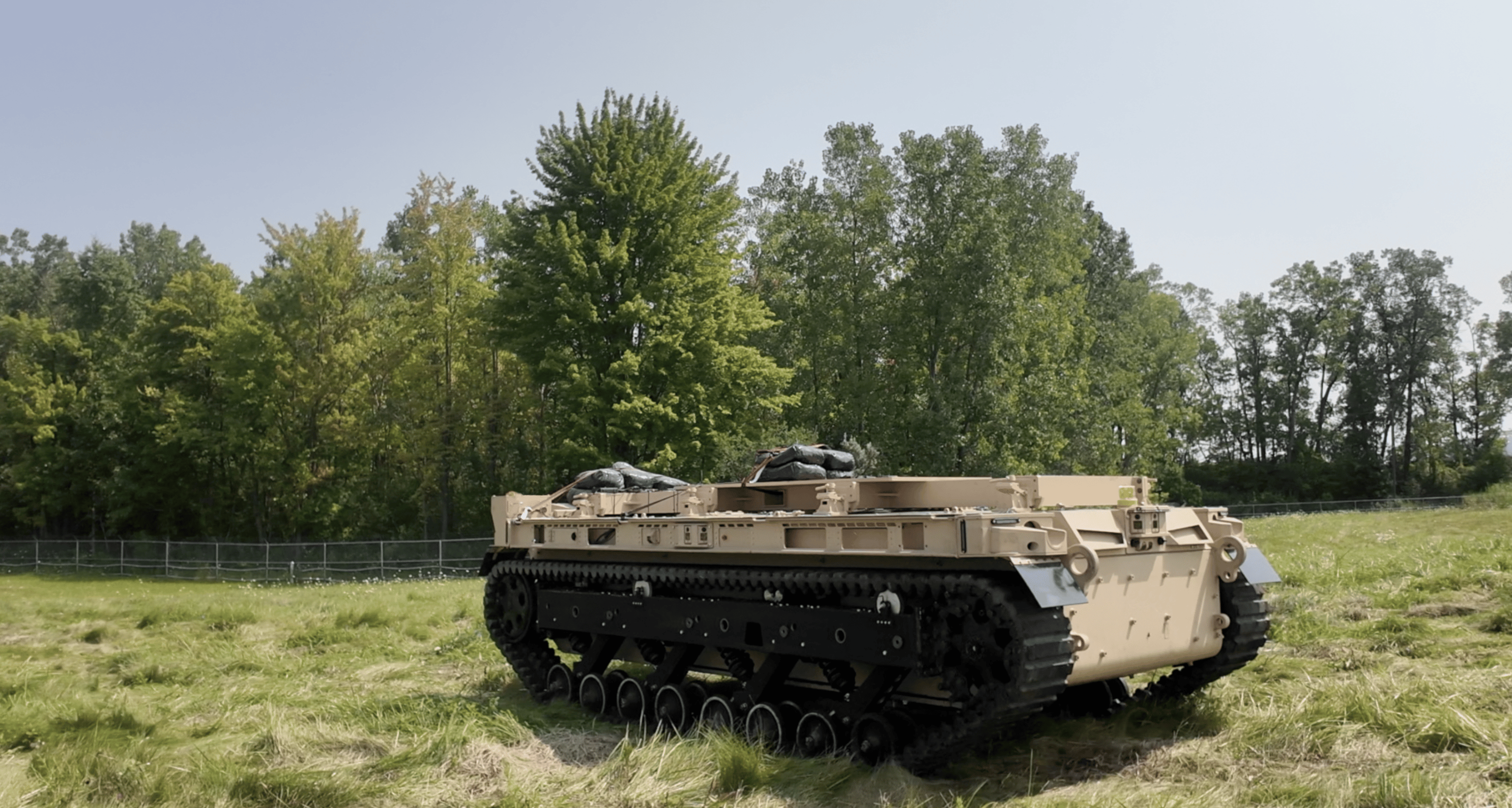SAE J1113-11 Vehicle Electrical Transient Immunity Testing
The SAE J1113-11 standard outlines procedures to assess a vehicle's resistance to electrical transients, which are short-term voltage or current changes that can occur in harsh environments. These transients present significant challenges for modern vehicles with increasing complexity in electronics and communications systems.
Electrical transients can originate from various sources such as lightning strikes, electromagnetic interference (EMI), and power surges. Ensuring a vehicle's electrical system remains functional under these conditions is critical to maintaining safety standards and performance expectations. The SAE J1113-11 test procedure provides a standardized method for engineers to evaluate the transient immunity of on-board electronic systems.
The testing process involves subjecting the vehicle’s electrical systems to controlled transient events that simulate real-world scenarios. This ensures that the vehicle can maintain its operational integrity and safety features even under adverse conditions. Compliance with this standard is essential for manufacturers aiming to meet regulatory requirements, enhance product reliability, and protect their brand reputation.
Our laboratory adheres strictly to SAE J1113-11 procedures, using state-of-the-art equipment to replicate transient environments accurately. This ensures that the test results are both reliable and repeatable, providing clients with comprehensive insights into their vehicle's performance under transient conditions.
The testing process typically involves several steps:
- Preparation of the vehicle for testing
- Installation of necessary instrumentation and sensors
- Application of controlled electrical transients to various on-board systems
- Data collection and analysis
- Evaluation against acceptance criteria outlined in SAE J1113-11
The results of the SAE J1113-11 testing provide critical data for quality managers, compliance officers, and R&D engineers to make informed decisions about design improvements. This information can be used to refine system integration processes, enhance electromagnetic compatibility (EMC) performance, and ensure regulatory compliance.
Our team of experts ensures that the testing process is carried out with precision, adhering strictly to the SAE J1113-11 standard. By leveraging our advanced facilities and experienced personnel, we deliver accurate, reliable test results that meet your specific needs.
Why It Matters
The importance of transient immunity testing cannot be overstated in the context of military vehicle systems. These vehicles operate in extremely harsh environments where electrical transients are not uncommon. Ensuring that on-board electronic systems remain operational under such conditions is critical for mission success and crew safety.
Electrical transients can lead to system failures, which may compromise vital operations or even endanger personnel. The SAE J1113-11 test provides a robust framework to evaluate the resilience of these systems against transient events. By identifying potential vulnerabilities early in the development process, manufacturers and designers can implement necessary corrective measures.
The results of this testing are essential for quality managers and compliance officers responsible for ensuring product reliability and regulatory adherence. The data obtained from SAE J1113-11 tests can inform design improvements, enhance electromagnetic compatibility (EMC) performance, and ensure that vehicles meet stringent safety standards.
R&D engineers benefit significantly from this testing as it provides insights into the behavior of various on-board systems under transient conditions. This information is invaluable for optimizing system integration processes and ensuring seamless operation across different environments.
In summary, transient immunity testing is crucial for maintaining reliability and performance in military vehicle systems. By adhering to standards like SAE J1113-11, manufacturers can ensure that their products meet the highest safety and performance expectations, thereby enhancing operational readiness and crew safety.
Scope and Methodology
| Test Parameters | Description |
|---|---|
| Voltage Transients | Replicates the effect of lightning strikes on electronic systems. |
| Current Transients | Simulates power surges and EMI interference. |
| Frequency Range | Covers a range relevant to typical transient events in the field. |
| Data Acquisition | Records system performance during transient exposure. |
The SAE J1113-11 standard provides detailed procedures for conducting these tests, ensuring that all parameters are accurately simulated. This allows for a comprehensive evaluation of the vehicle’s electrical systems under transient conditions.
Our laboratory follows strict protocols to ensure accurate and reliable testing results. The instrumentation used in our facility is calibrated regularly to maintain precision and consistency. Data collected during the test is meticulously analyzed, providing clients with clear insights into their vehicles' performance.
Competitive Advantage and Market Impact
- Pioneering expertise in transient immunity testing for military vehicle systems.
- Comprehensive data analysis to identify specific vulnerabilities and strengths.
- Adherence to the latest international standards, ensuring consistent compliance.
- State-of-the-art facilities that replicate real-world transient environments accurately.
- Expert personnel with extensive experience in SAE J1113-11 testing.
- Quick turnaround times for accurate results and timely decision-making.
The ability to conduct high-quality, standardized tests like SAE J1113-11 provides a significant competitive edge. Clients can rely on our laboratory for reliable data that aids in product development, compliance verification, and quality assurance.
By ensuring that vehicles meet the highest safety and performance standards, we help manufacturers stay ahead of the competition. Our expertise in this area positions us as leaders in providing comprehensive testing solutions for military vehicle systems.





